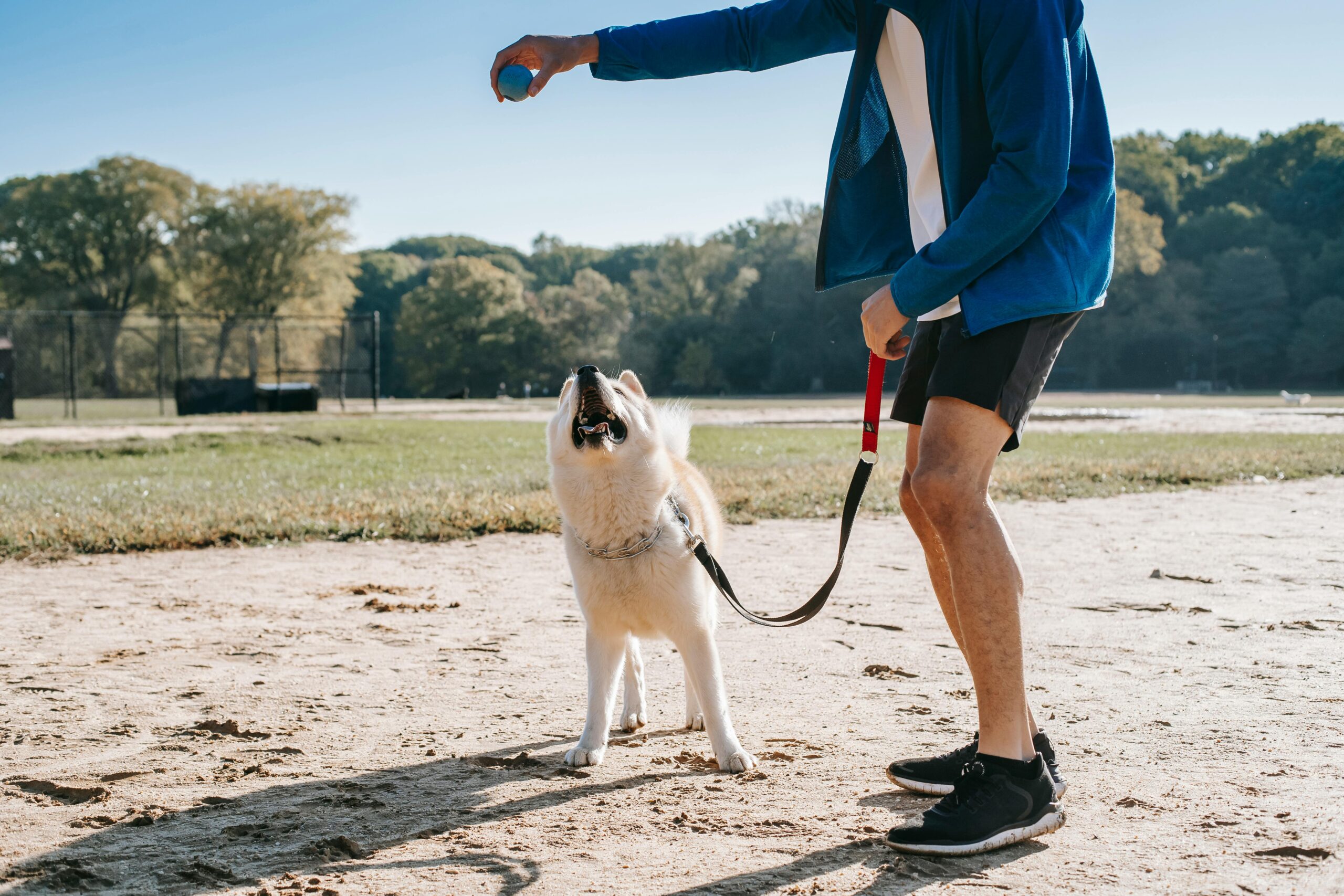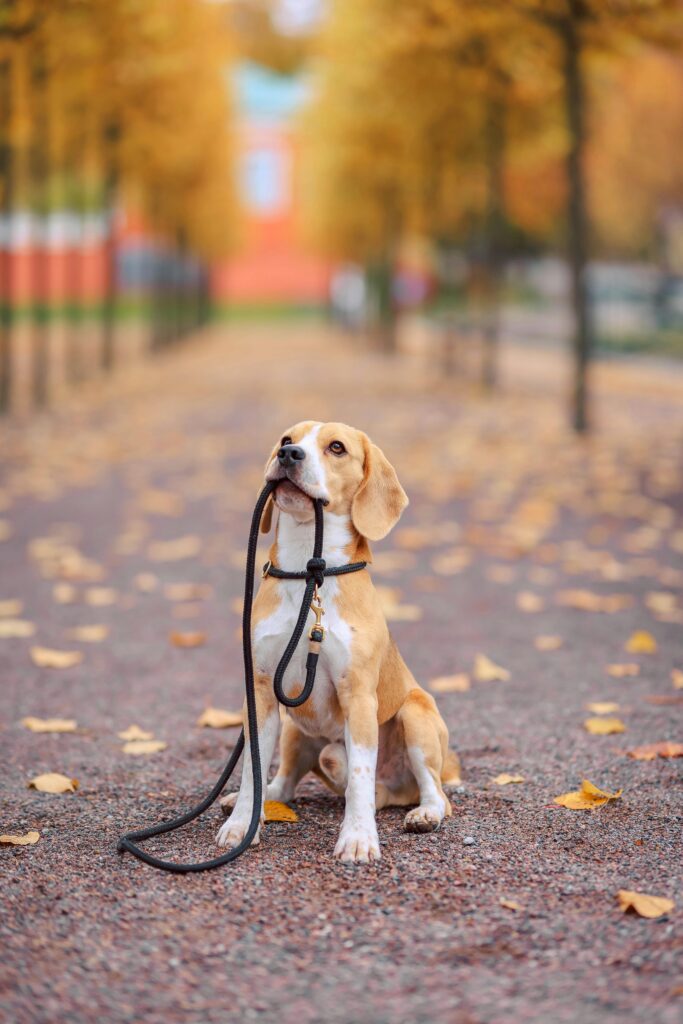Walking your dog should be enjoyable, but for many Toledo owners it becomes a daily struggle. If your pup barks, lunges, or growls when seeing other dogs or people while on leash, you’re dealing with leash reactivity. This is one of the most common challenges dog owners face, and it can be frustrating or even embarrassing.
The good news is leash reactivity is fixable. But first, you need to understand why it happens and how to approach training the right way.
What Is Leash Reactivity?
Leash reactivity is when a dog overreacts to triggers such as other dogs, people, bikes, or even cars while restrained on a leash. This behavior can look aggressive, but it is often rooted in fear, frustration, or lack of impulse control.
Common triggers include:
- Other dogs approaching
- Strangers making direct eye contact
- Fast-moving bikes, joggers, or cars
- Loud noises or unusual objects
- Overstimulation in busy environments
Understanding the root cause of reactivity is key to fixing it.
Common Causes of Leash Reactivity
Reactivity does not come from one single source. It usually develops from a combination of factors.
- Frustration: Dogs who want to greet but are restrained often lash out in frustration.
- Fear: Nervous dogs may bark and lunge to create distance from what scares them.
- Lack of Socialization: Dogs not properly exposed to different environments may overreact.
- Inconsistent Training: Without boundaries, dogs default to instinct instead of obedience.
- Handler Tension: Dogs pick up on our body language. A tight grip and nervous energy can escalate their reactivity.
To learn more about the importance of body language, see our post on how dogs watch their owners’ cues.
Myths About Leash Reactivity
There are several misconceptions that make leash reactivity worse or harder to solve.
- Myth: A reactive dog is aggressive.
Many reactive dogs are not truly aggressive. They may simply be frustrated or overwhelmed. - Myth: Dogs will grow out of it.
Without training, reactivity often gets worse over time, not better. - Myth: Avoiding walks fixes the issue.
Limiting exposure to triggers only reinforces fear and frustration. - Myth: Punishment stops reactivity.
Harsh corrections may suppress the behavior temporarily but do not address the root cause.
How to Fix Leash Reactivity
Reactivity can be managed and reduced with consistent training.
Step 1: Control the Environment
Start at a distance where your dog notices the trigger but does not explode. This is called the “threshold.” Work at this safe distance first.
Step 2: Redirect Focus
Use commands like “look” or “heel” paired with rewards to shift attention back to you.
Step 3: Reinforce Calm Behavior
Reward your dog heavily for ignoring the trigger or remaining calm.
Step 4: Gradually Decrease Distance
As your dog succeeds at one level, slowly move closer to the trigger.
Step 5: Stay Consistent
Practice regularly in a variety of environments so your dog generalizes the skill.
Tools That Can Help
While no tool replaces training, the right equipment makes handling easier.
- A 4–6 foot leash (avoid retractables)
- A properly fitted collar or training collar used responsibly
- High-value treats for motivation
- A treat pouch for quick rewards
For guidance on choosing between collars and harnesses, the AKC provides a helpful comparison.
When to Seek Professional Help
Some cases of reactivity are mild, while others are more severe. If your dog’s reactivity feels unmanageable, or if you are worried about safety, professional training is the best step forward.
At our Basic & Advanced Obedience programs, we help dogs work through reactivity by building confidence, reinforcing impulse control, and teaching owners how to manage triggers in real life.
Final Thoughts
Leash reactivity can be stressful, but it doesn’t have to control your walks forever. By understanding the root causes, avoiding common myths, and applying consistent training, you can transform leash battles into calm, enjoyable outings.
If your dog struggles with reactivity, don’t wait for it to get worse. Contact us today to get the right training plan and enjoy peaceful walks again.


